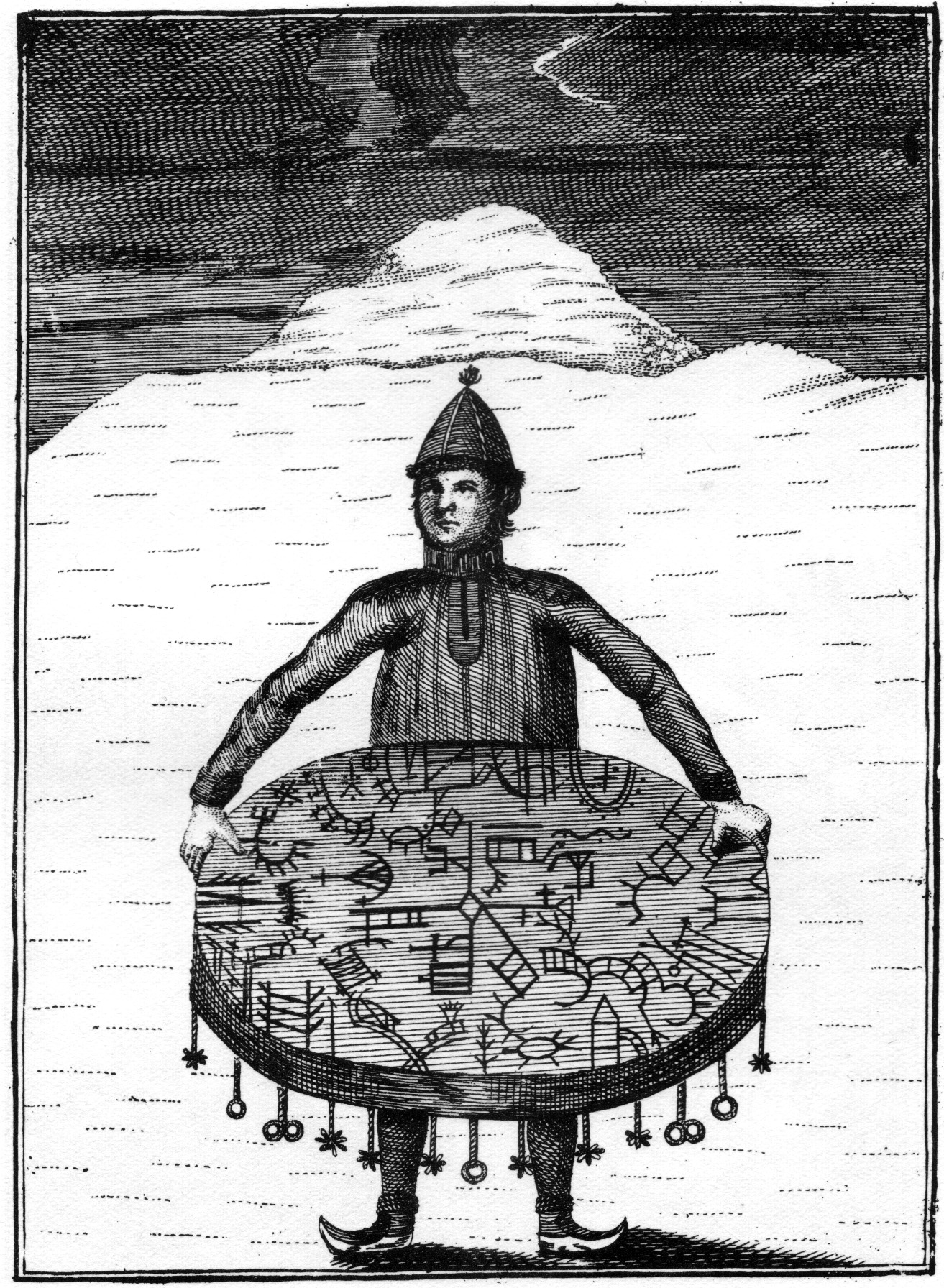Category: Europe
-
The benandanti
The benandanti (“Good Walkers”) were members of an agrarian visionary tradition in the Friuli district of Northeastern Italy during the 16th and 17th centuries. The benandanti claimed to travel out of their bodies while asleep to struggle against malevolent witches (malandanti) in order to ensure good crops for the season to come.
-
Living in a clay wine jar
Diogenes (/daɪˈɒdʒɪniːz/dy-OJ-in-eez; Ancient Greek: Διογένης, romanized: Diogénēs[di.oɡénɛːs]), also known as Diogenes the Cynic (Διογένης ὁ Κυνικός, Diogénēs ho Kynikós) or Diogenes of Sinope, was a Greek philosopher. Founder of cynicism. According to Cynicism, people are reasoning animals and the purpose of life and the way to gain happiness is to achieve virtue, in agreement with nature, following one’s natural sense of reason by living simply and shamelessly…
-
De Druïden
“What does celebrating these festivals mean? Are we merely trying to revive customs that belong to a different era and could have been better forgotten? We modern Druids are deeply convinced that this is not the case. Just as Christmas and New Year’s Eve are essential to our psychological health, because they provide us with…
-
De Pest (zwarte dood)
In het midden van de 14e eeuw slaat de pest toe in Europa. Een op de drie Europeanen – van boer tot koning – overlijdt aan de Zwarte Dood. De pest bleef nog meer dan 300 jaar actief in Europa. De laatste grote uitbraak in West-Europa vond plaats in 1720 in Marseille. Dit doet iets het wereldbeeld van de mensen…
-

The drum to get in trance
Indigenous Sámi religion The Sámi (/ˈsɑːmi/ SAH-mee; also spelled Sami or Saami) are the traditionally Sámi-speaking peoples inhabiting the region of Sápmi, which today encompasses large northern parts of Norway, Sweden, Finland, and of the Kola Peninsula in Russia. Indigenous[167] Sámi religion is a type of polytheism. (See Sámi deities.) There is some diversity due to the wide area that is Sápmi, allowing for the evolution of variations in beliefs and practices between…
-
Monian art